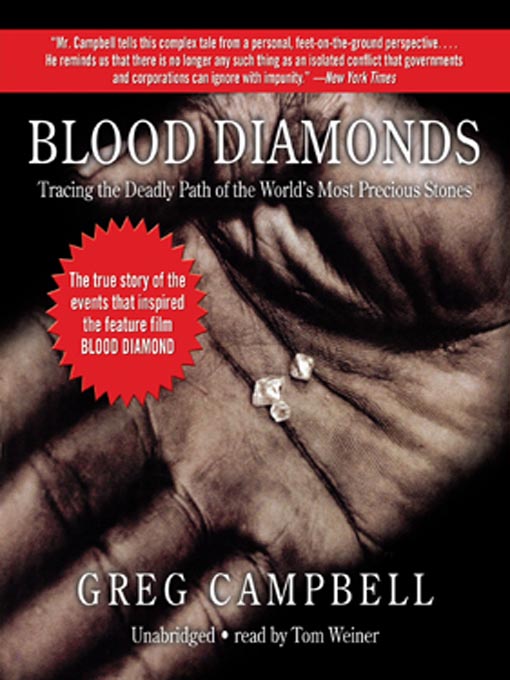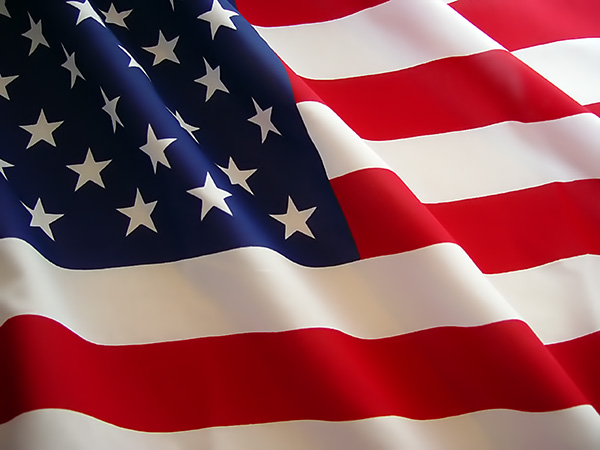
On December 1, 2000, the United Nations General Assembly adopted, collectively, a resolution on the role of diamonds in fuelling conflict, breaking the link between the illegal transaction of rough diamonds and armed conflict. In taking up this agenda item, the General Assembly recognized that conflict diamonds are a crucial factor in extending brutal wars in parts of Africa, and highlighted that legitimate diamonds contribute to wealth and development elsewhere on the continent. In Angola and Sierra Leone, conflict diamonds continue to fund the rebel groups, the National Union for the Total Independence of Angola (UNITA) and the Revolutionary United Front (RUF), both of which are acting in breaking of the international community's objectives of restoring peace in the two countries (http://www.un.org/peace/africa/Diamond.html).
The tragic conflicts in Angola and Sierra Leone, caused by illegal diamond smuggling, have already led to action by the Security Council. Under Chapter VII of the United Nations Charter, targeted sanctions have been applied against UNITA in Angola and the Sierra Leone rebels, including a ban on their main source of funding illegal diamonds. Diamond sanctions have also been applied against Liberia but are not yet in effect. The United Nations also sent a peacekeeping army of 75,000 troops to end the conflict. The United Nations also established Human rights Laws that protected the native people of Sierra Leone, Angola, and Liberia. The United Nations actions on stopping the conflict diamond trade system however, fell under much criticism. Human Rights Watch, for example criticized the United Nations on this peace deal because it would abuse the rebels rights as well(http://www.un.org/peace/africa/Diamond.html).
Although peace agreements have been established, Human Rights Watch reported that abuses were still continuing towards the end of 1999. Some Sierra Leone rebels suggested that they would reject the United Nations peacekeeping forces if they were certified to use force in order to disarm different sections of Africa.
Since then, the United Nations tried to disarm the rebels near different conflict diamond areas that they controlled. The rebels began to attack and additional UN troops were needed for. For a long time, a number of United Nation peacekeepers were also held by rebels, but then released.
The United Nations is asking more countries to get involved in this process to end this conflict once and for all. If each country contributes to bring and end to this conflict, then maybe Sierra Leone, Angola, and other parts of Africa will finally receive peace.
The United Nations is asking more countries to get involved in this process to end this conflict once and for all. If each country contributes to bring and end to this conflict, then maybe Sierra Leone, Angola, and other parts of Africa will finally receive peace.











